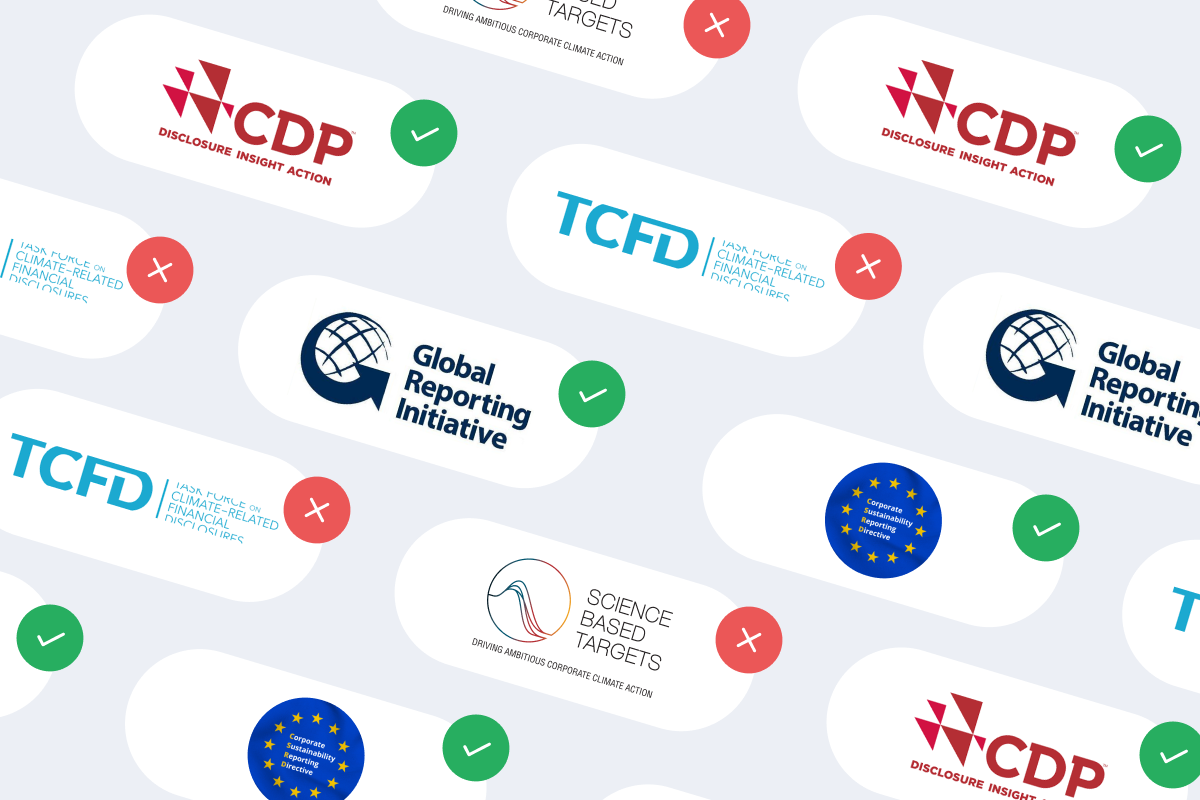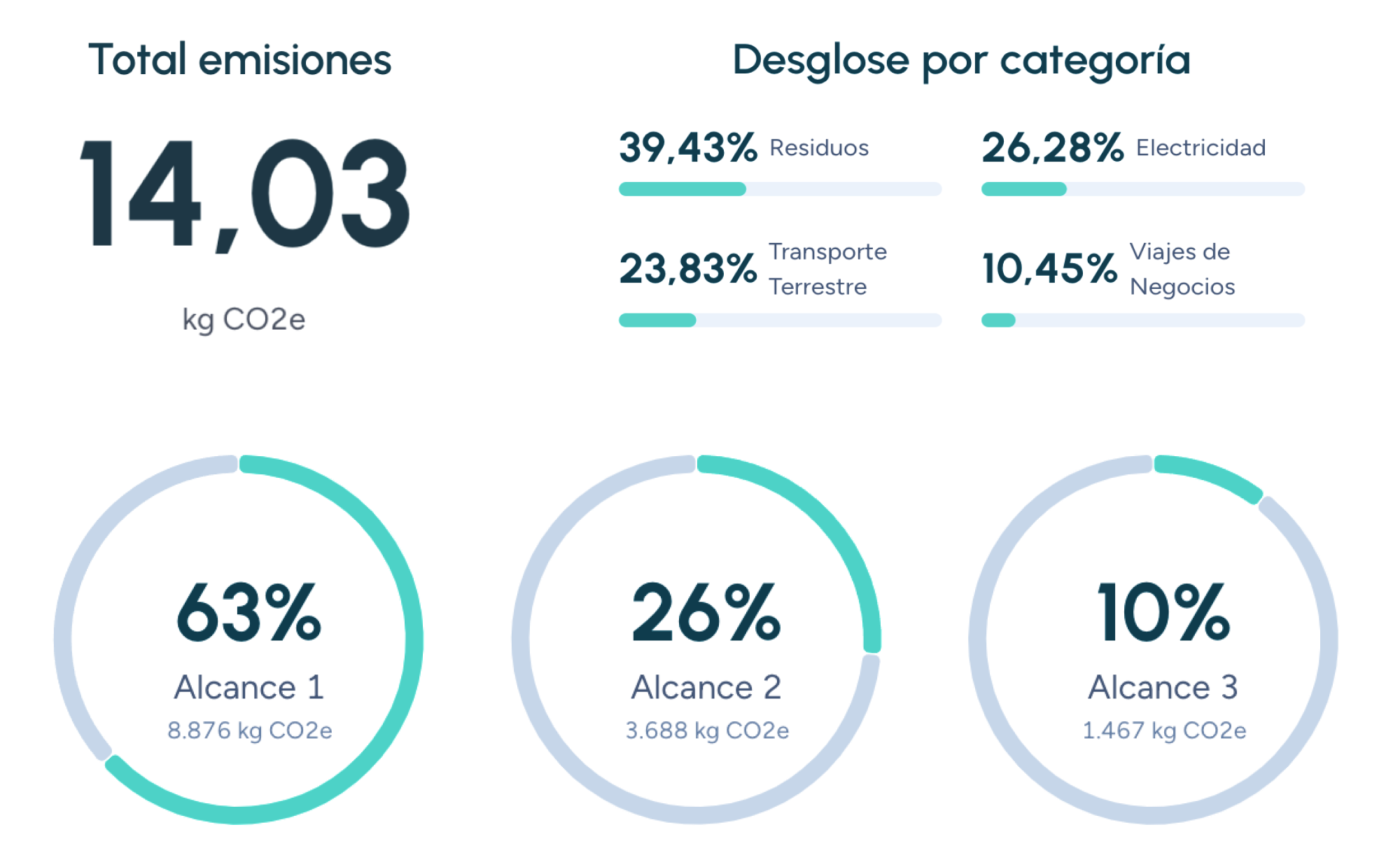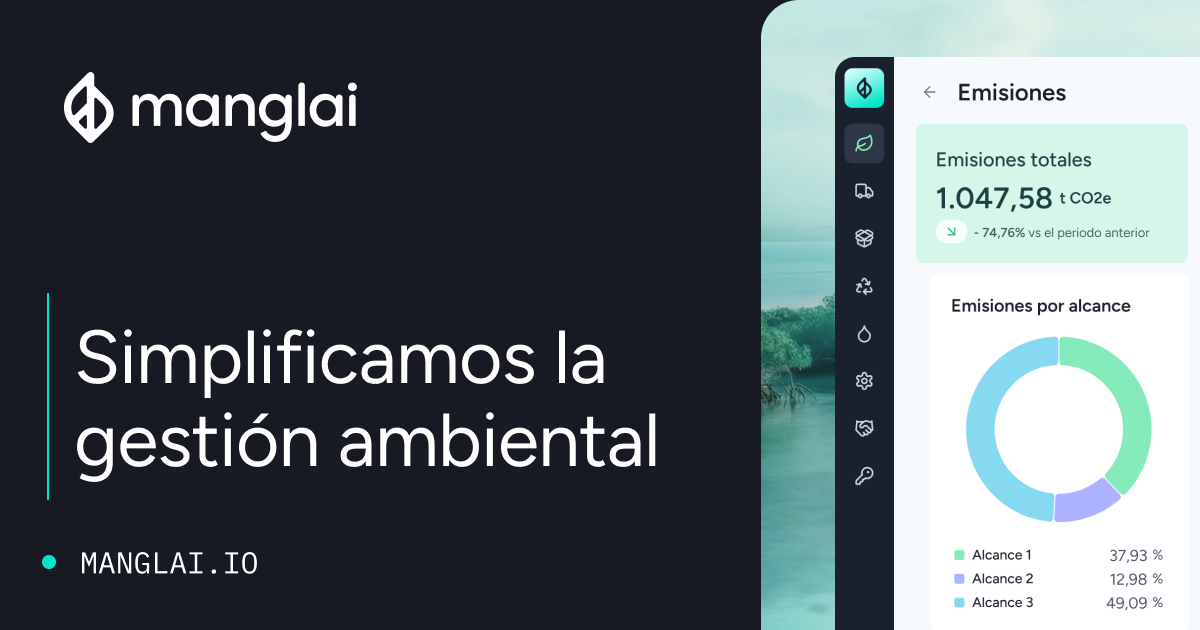D
Double materiality analysis
Double materiality analysis is a comprehensive approach to sustainability reporting that considers both the impact a company has on the environment and how environmental and social factors influence the company's long-term success. This approach acknowledges that businesses not only contribute to sustainability challenges but are also affected by them.
What is double materiality?
Double materiality is based on two main dimensions:
1. Outward Materiality: the company’s impact on the world
This dimension focuses on how a company’s operations, products, and services impact the environment and society. It includes factors such as:
- Greenhouse gas emissions
- Water use and pollution
- Waste generation
- Human rights and labor conditions
2. Inward Materiality: the world’s impact on the company
This dimension considers how environmental and social trends—such as climate change, resource scarcity, or demographic shifts—can affect a company’s business model, profitability, and long-term viability. Examples include:
- Physical climate risks: e.g., extreme weather events
- Regulatory risks: e.g., climate policy changes
- Market risks: e.g., shifts in consumer demand
- Reputational risks: e.g., negative public perception
Why double materiality analysis matters
Double materiality analysis is essential for several reasons:
- Strategic decision-making: Helps companies identify and prioritize the most relevant sustainability issues for their business, enabling more informed strategic decisions.
- Risk and opportunity management: Allows companies to identify and manage risks while taking advantage of opportunities associated with environmental and social issues.
- Transparency and trust: Promotes transparency and accountability by providing stakeholders with comprehensive information on a company’s sustainability performance.
- Access to capital: Investors increasingly consider environmental, social, and governance (ESG) factors when making investment decisions. A robust double materiality analysis can improve access to funding.
- Regulatory compliance: Various regulations and standards—such as the European Union’s Corporate Sustainability Reporting Directive (CSRD)—require companies to report on sustainability impacts using a double materiality approach.
Double materiality analysis and the carbon footprint
Double materiality analysis is vital for managing a company’s carbon footprint holistically. By considering both outward and inward materiality, companies can:
- Identify and reduce greenhouse gas emissions across their value chain
- Assess and mitigate climate-related risks to their operations and profitability
- Seize opportunities arising from the transition to a low-carbon economy
- Communicate their climate performance transparently to stakeholders
Frameworks for double materiality analysis
Several frameworks are available to guide companies in conducting a double materiality analysis, such as:
- Global Reporting Initiative (GRI)
- Sustainability Accounting Standards Board (SASB)
- Task Force on Climate-Related Financial Disclosures (TCFD)
These frameworks offer guidance on how to identify, assess, and report on material sustainability issues—including the carbon footprint.
Companies that trust us

D2w
D2w refers to an additive that, when incorporated into conventional plastics, aims to speed up their degradation through a process known as oxidation.
Decarbonization
Discover what decarbonization means and how this shift toward a sustainable future can help combat climate change. Learn about key strategies and measurement tools.
Desalination
Desalination is the process of separating salts and minerals from seawater or brackish water to obtain freshwater suitable for human, agricultural, or industrial use.
Guiding businesses towards net-zero emissions through AI-driven solutions.
© 2025 Manglai. All rights reserved
Política de Privacidad


